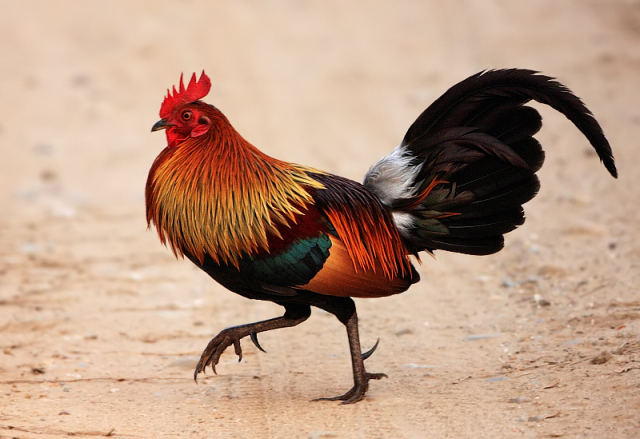Reading human history using ancient chicken DNA and chili peppers
Ars Technica » Scientific Method 2014-04-26

More than 10,000 years ago, our ancestors began to expand their organization of food production—purposefully promoting certain plants and animals they found tasty or useful. Over time, they domesticated those species, inserting human preferences into the process of natural selection.
We know today that agriculture and domesticated species arose separately in different regions around the world. Grains, beans, and livestock appear to be some of the earliest species domesticated in Southwest Asia, for example. But many questions remain about why humans shifted from hunting and gathering to agriculture and how the process of domesticating species unfolded—a process that, in cases like wheat and rice, appears to have taken more than a thousand years.
A special section in this week’s Proceedings of the National Academy of Sciences delved into what science has discovered about domestication and how to provide answers to our remaining questions about the lives of prehistoric people and their relationship with the plants and animals around them.
Read 12 remaining paragraphs | Comments